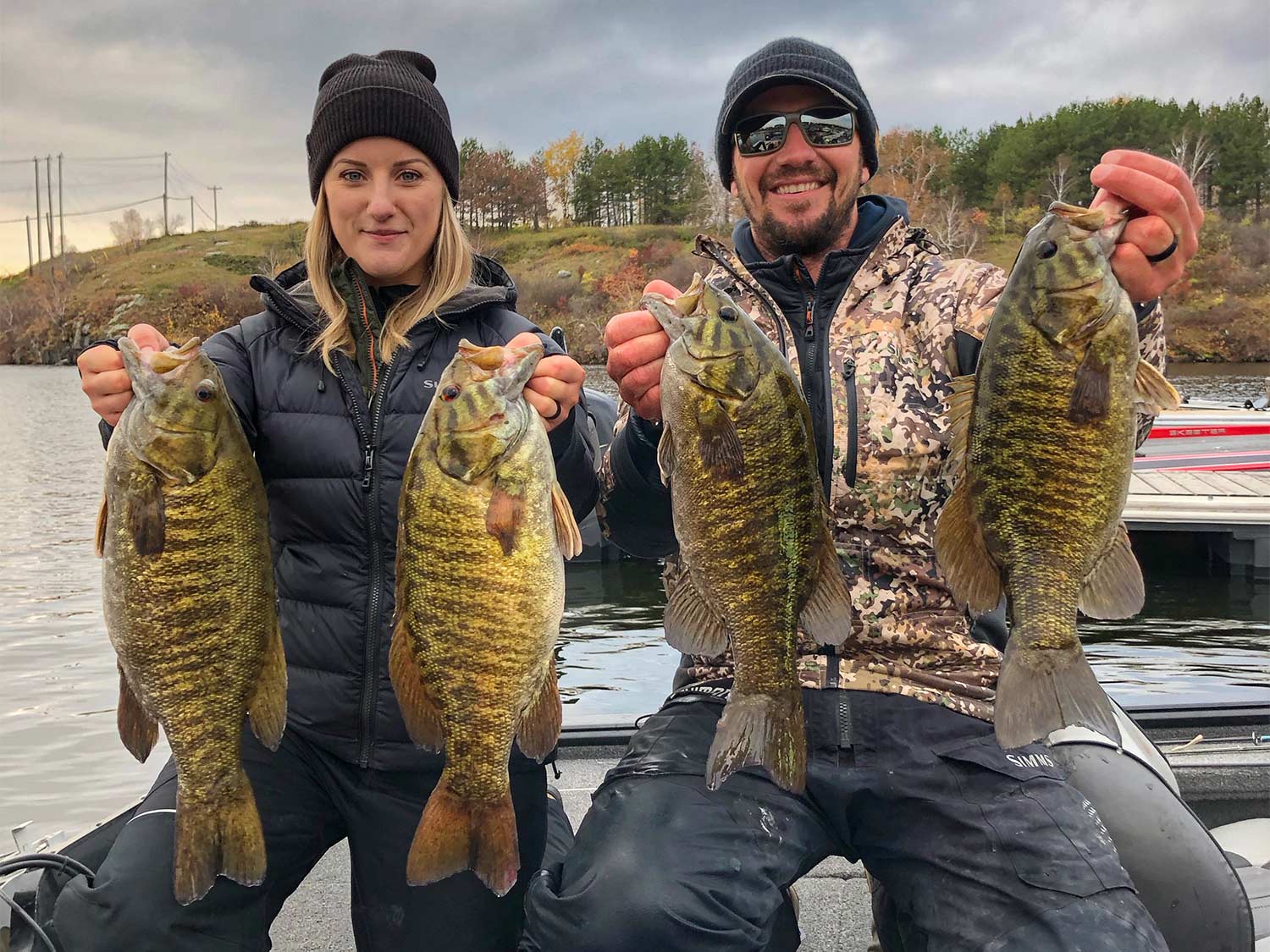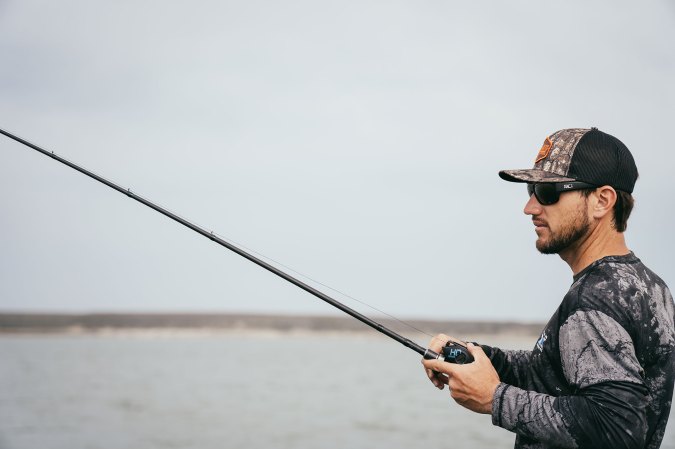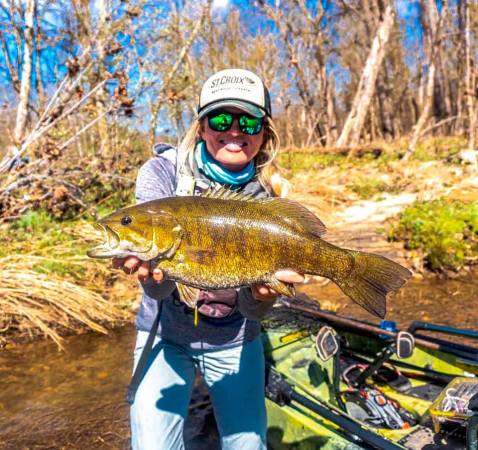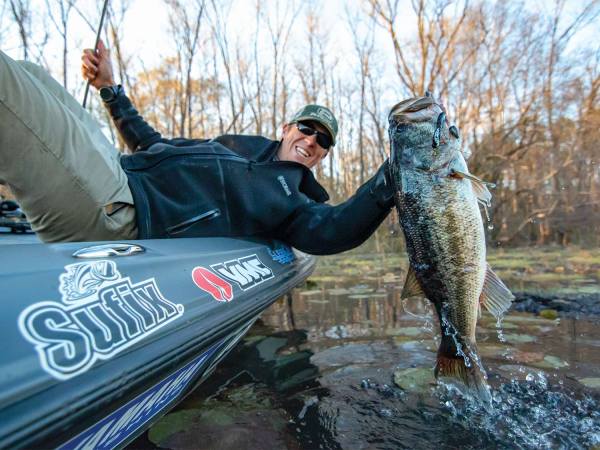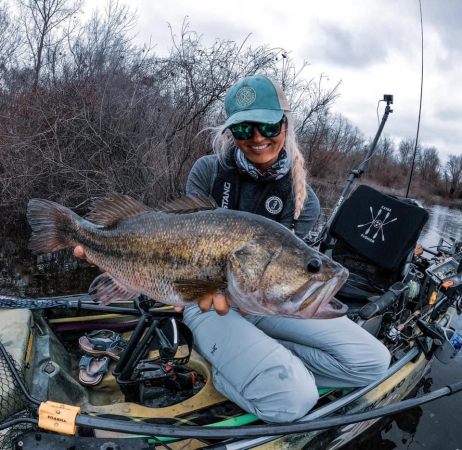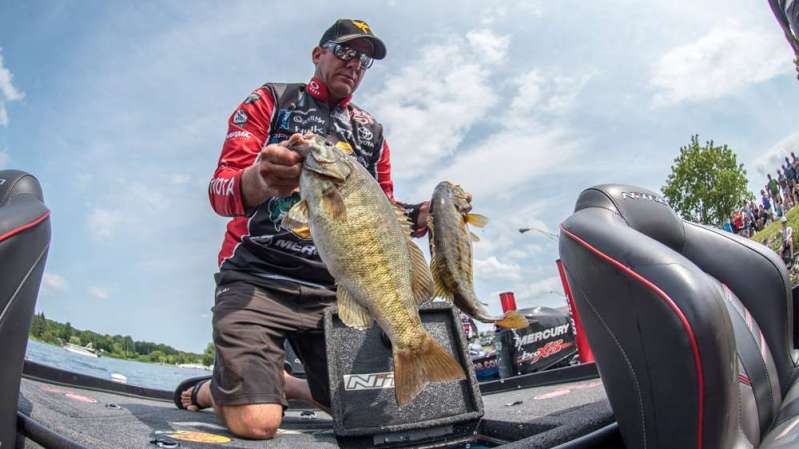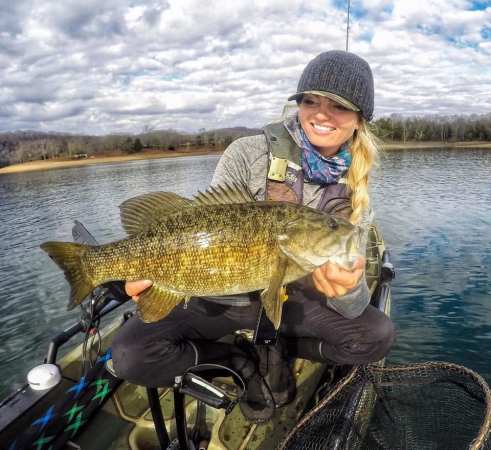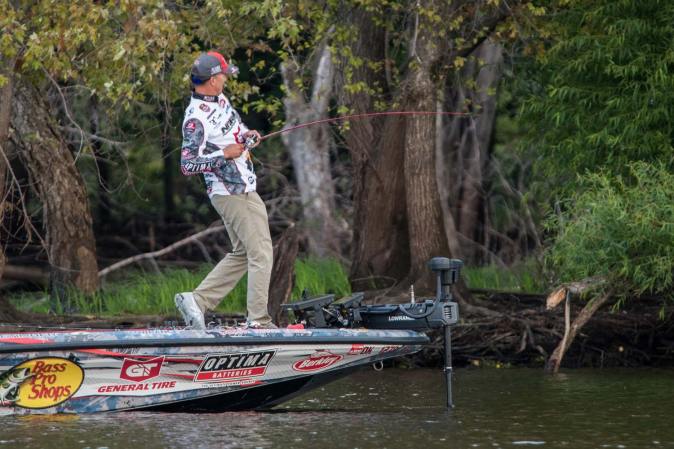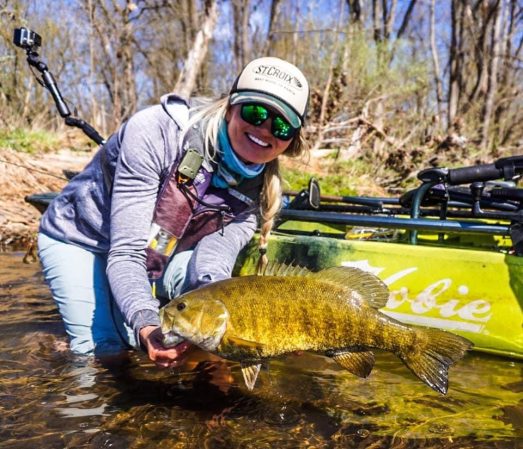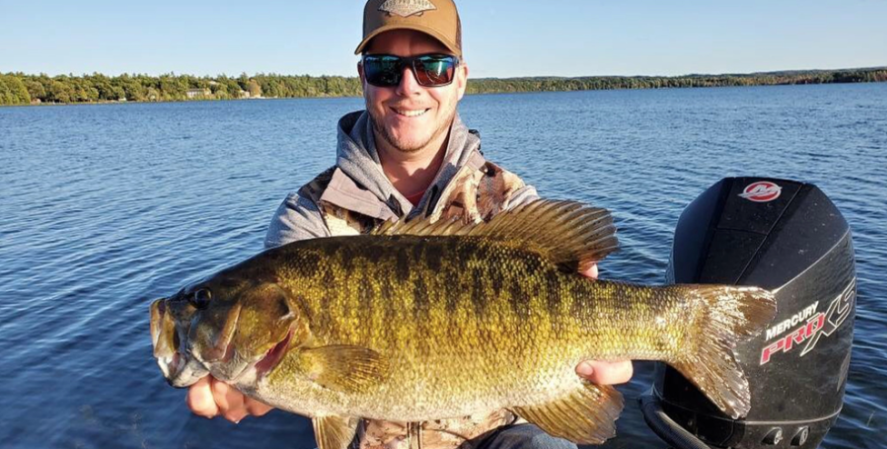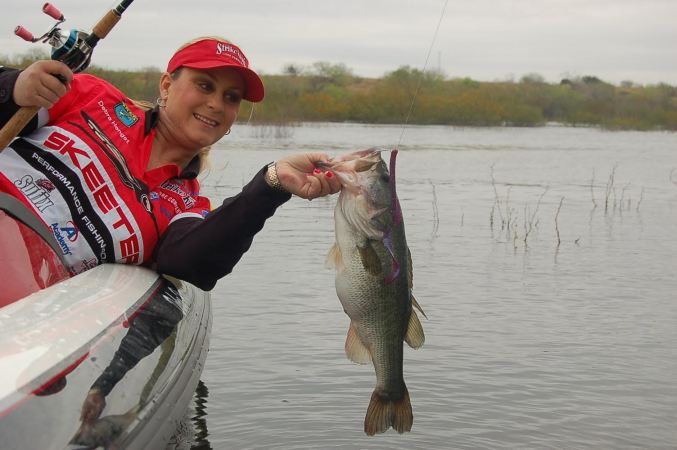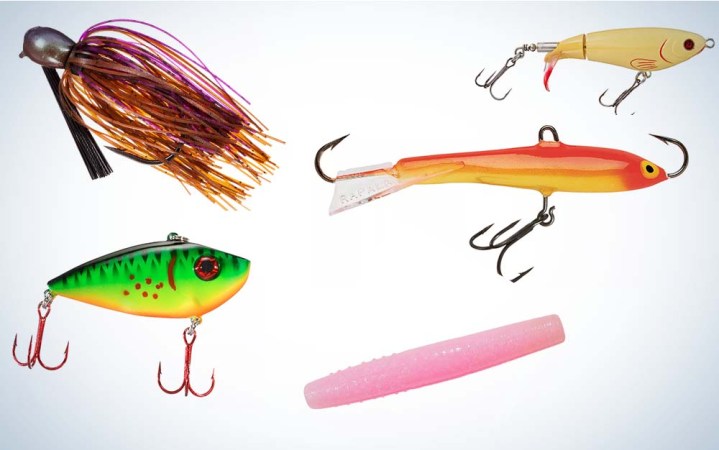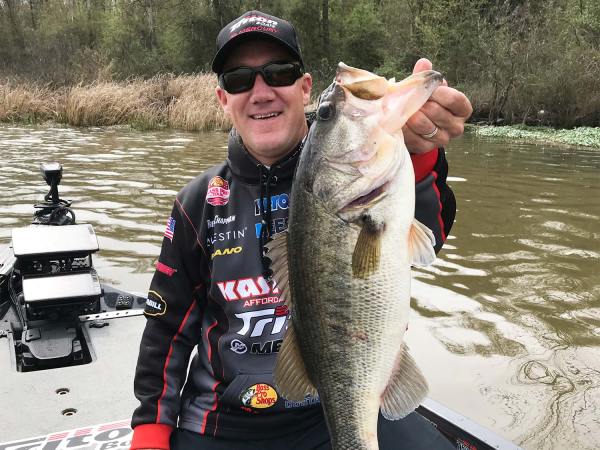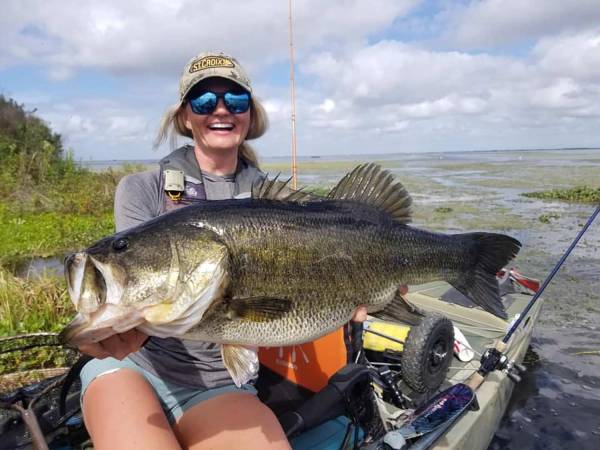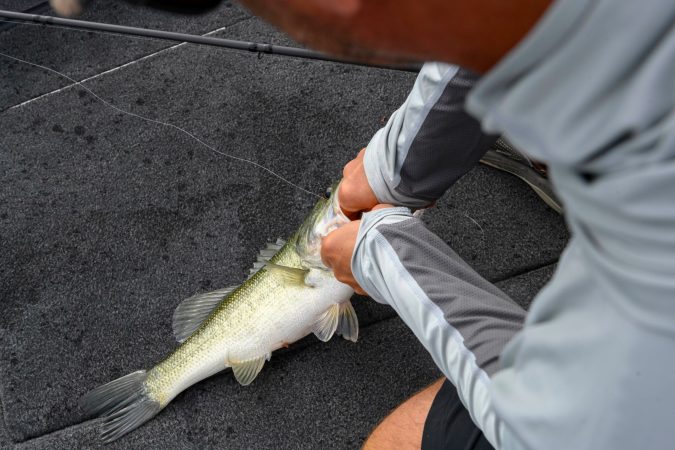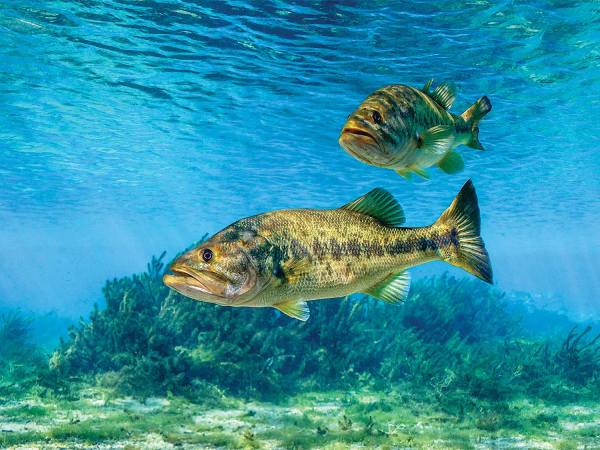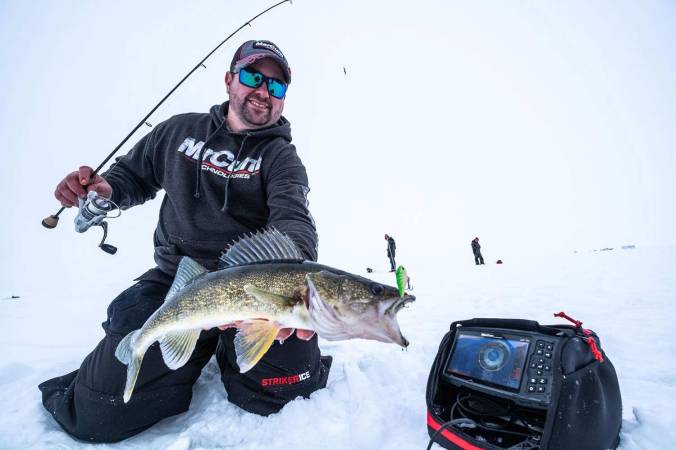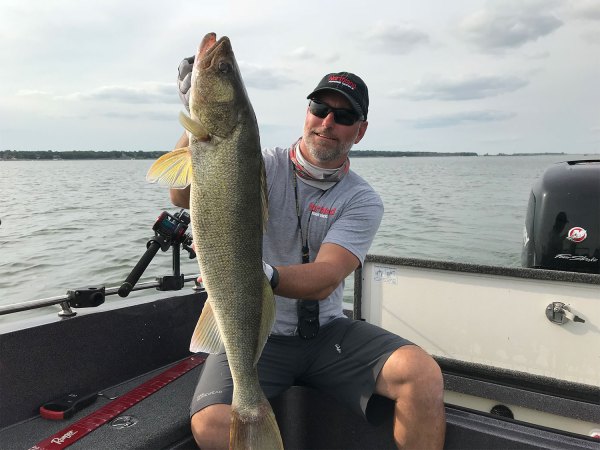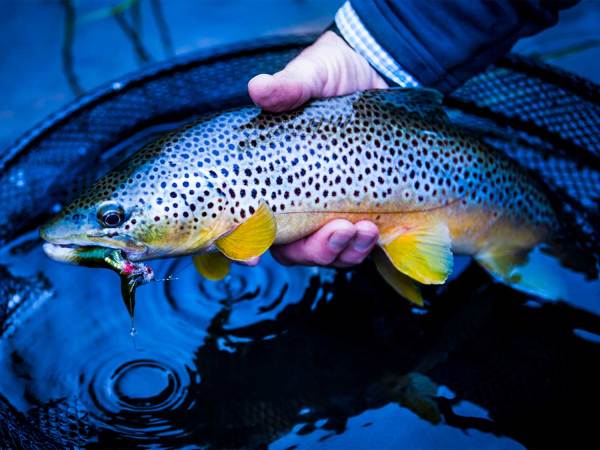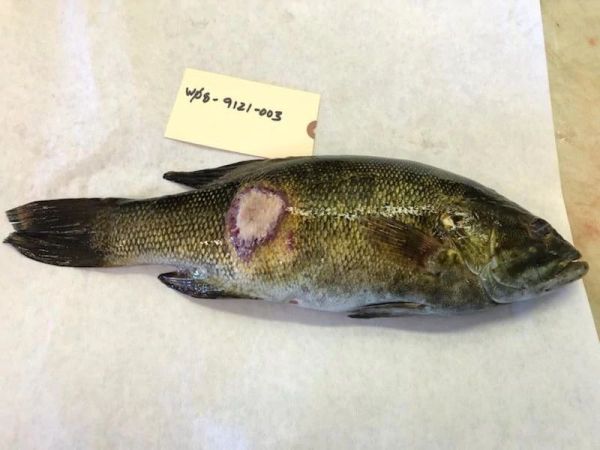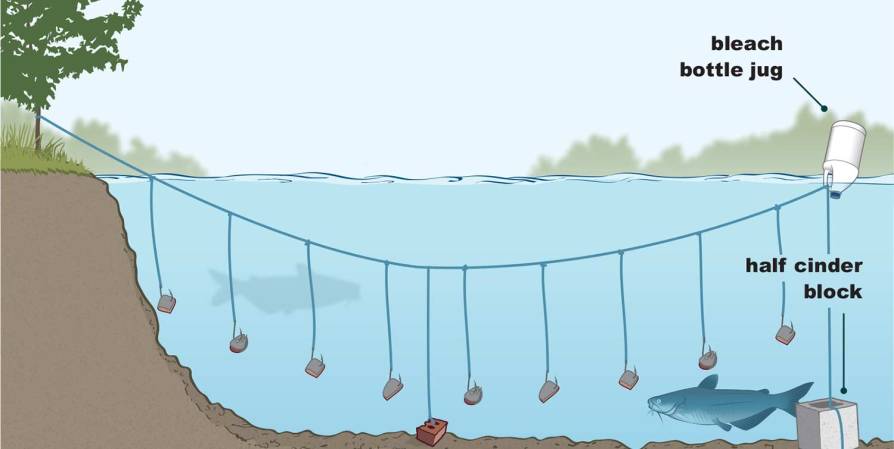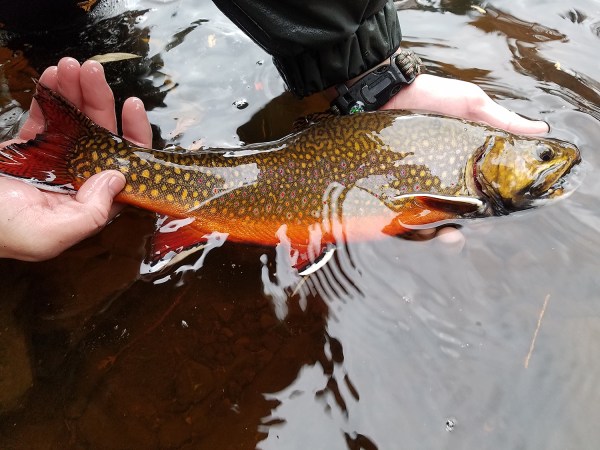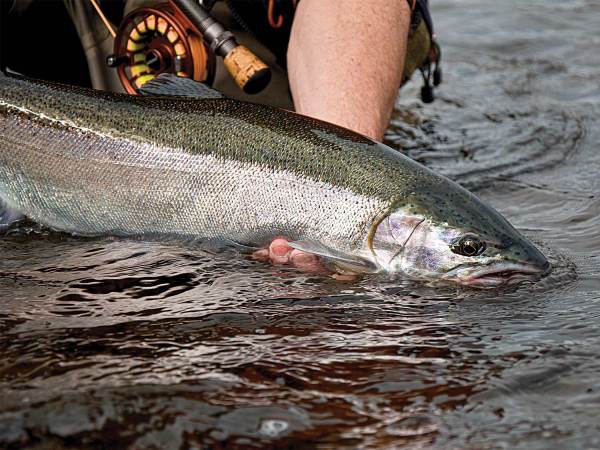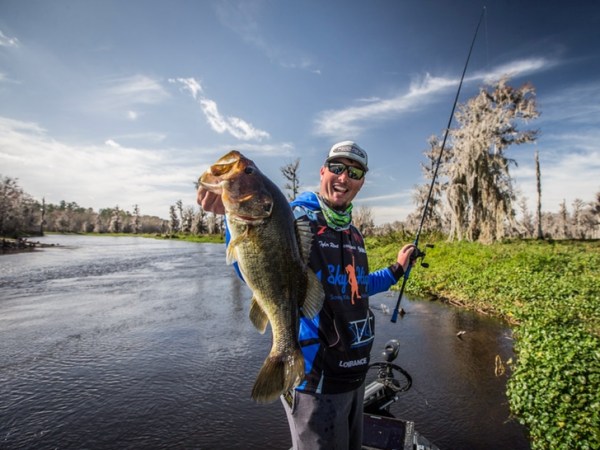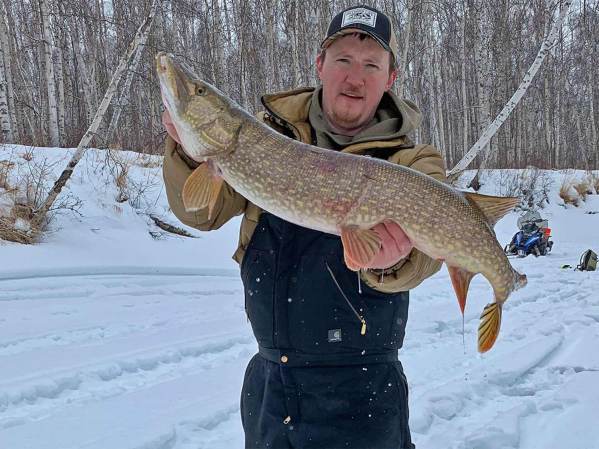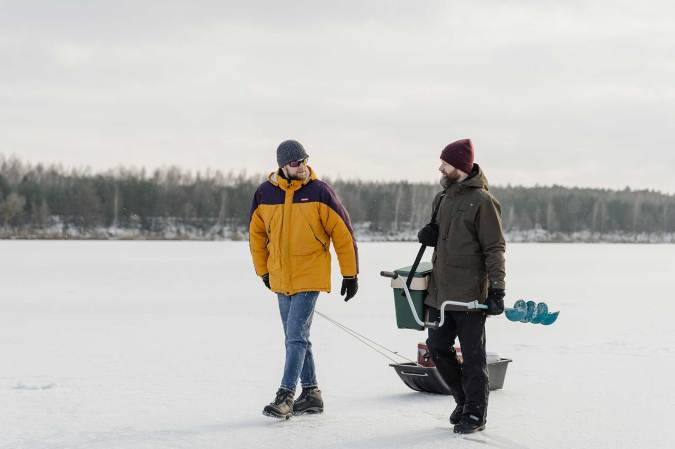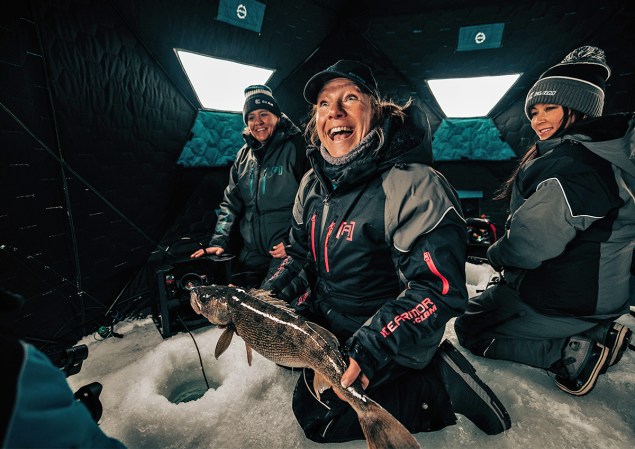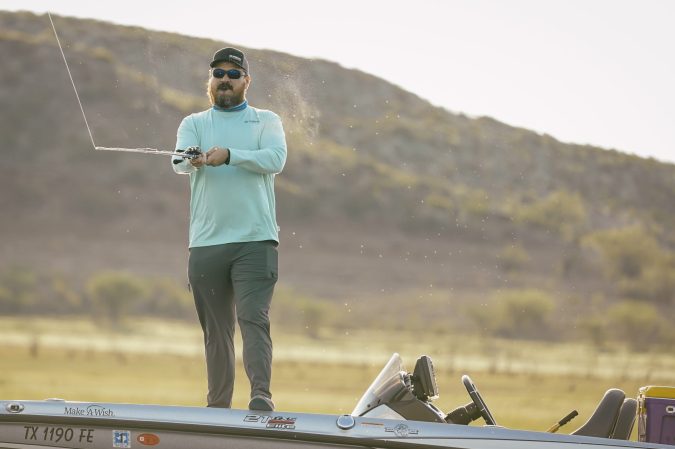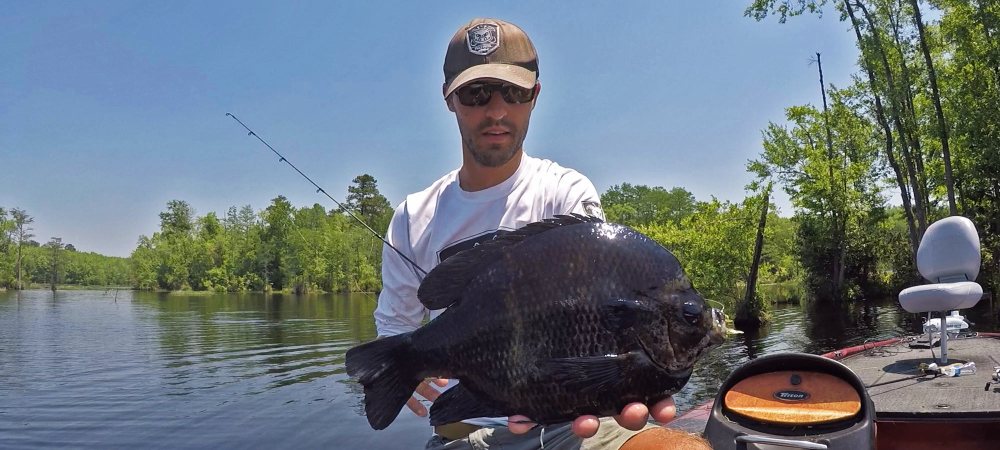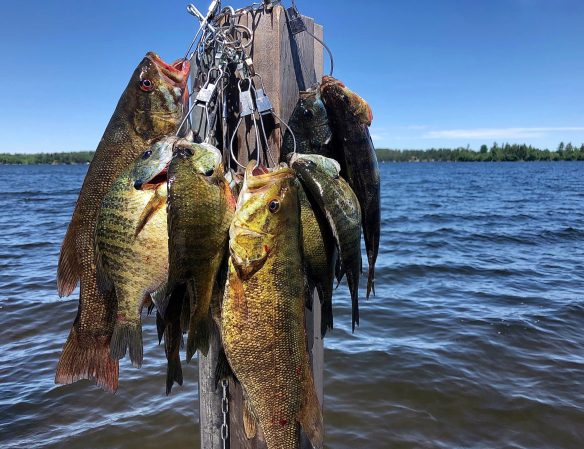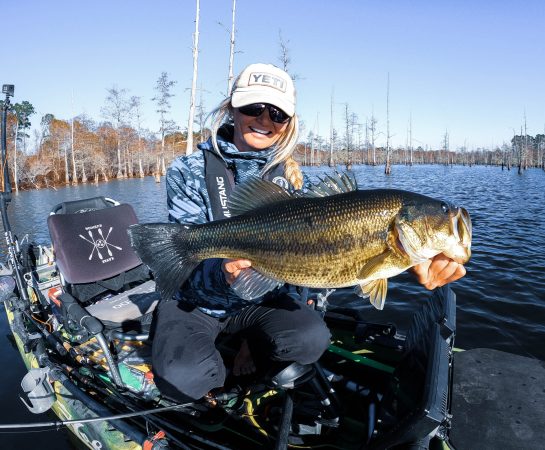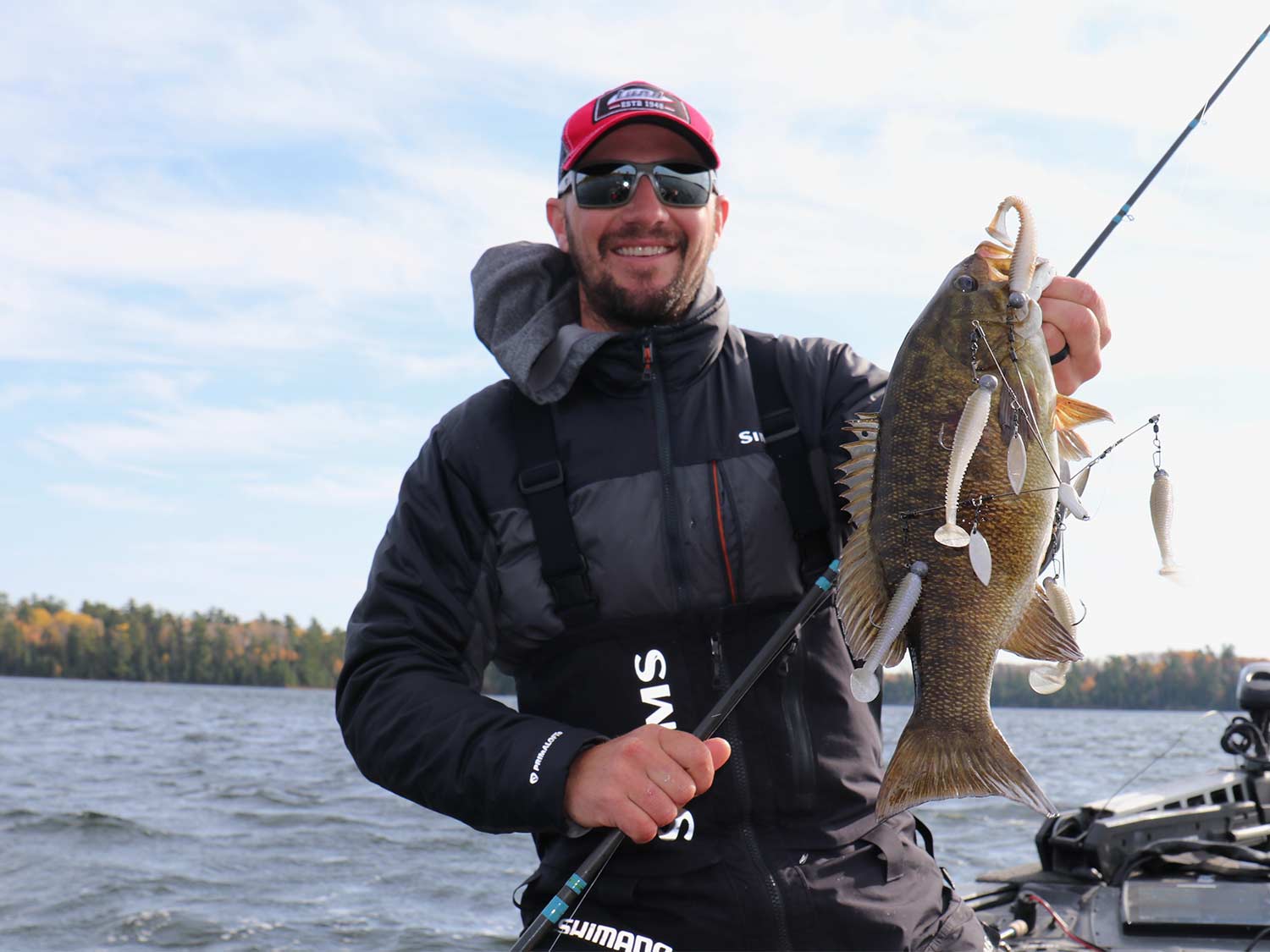
As an angler who grew up on the shores of Lake of the Woods in Ontario, I get a kick out of hearing some of my fellow Bassmaster Elite Series anglers say, “It’s so cold out”…when the temperatures dip into the 40s. We have ice covering our lakes for half the year up here in my part of the world, and I spend plenty of time fishing through a hole when I’m not out on tour. Here are my best tips for staying warm and catching a few bass when the temperatures plummet.
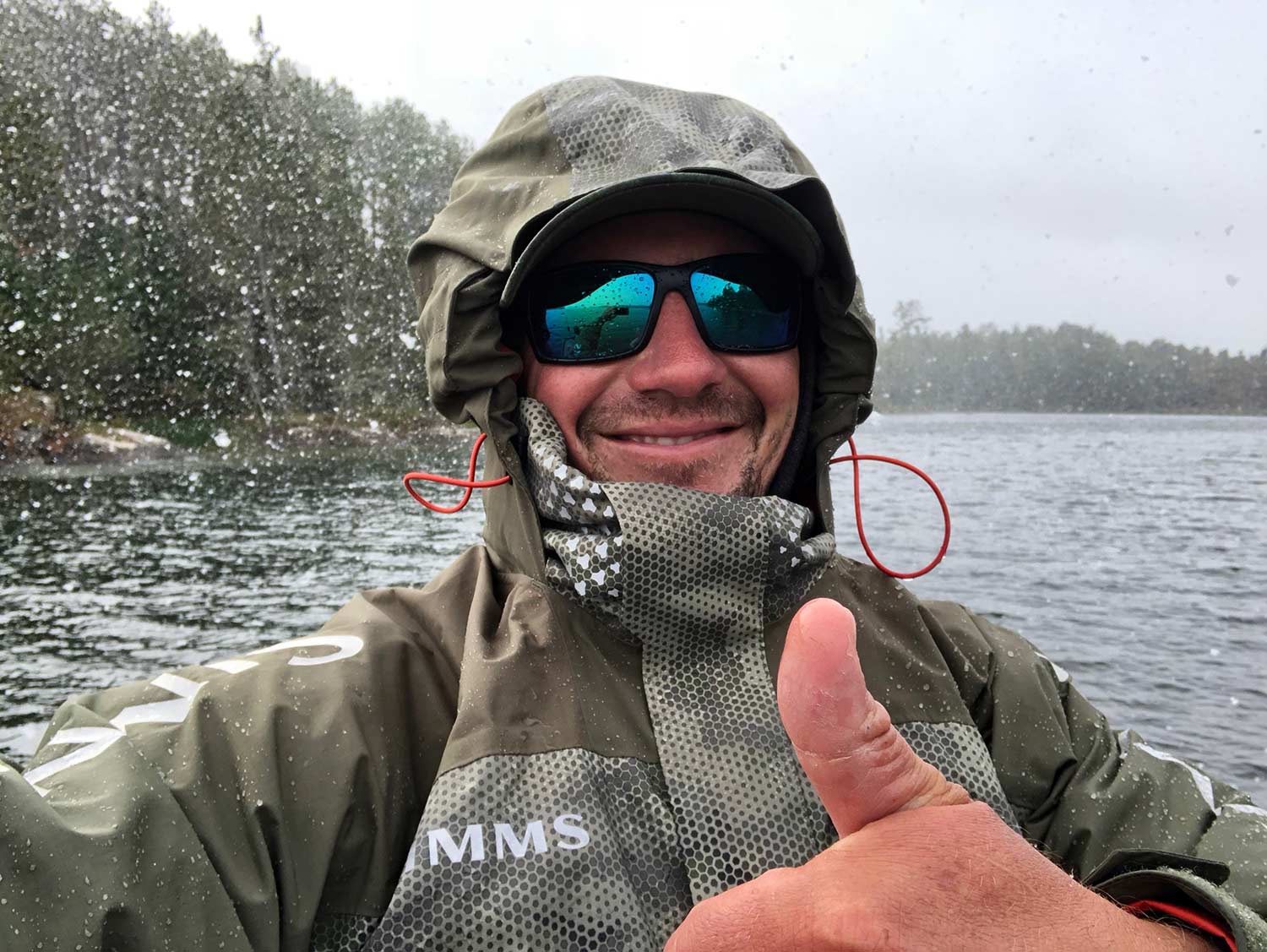
1. Dress for success
If you can keep your feet and your hands warm, you’ll be in good shape. Keep them dry with good boots and waterproof gloves. After your appendages, your head is the next most important body part to protect. A warm beanie, over a hat on a sunny day, is the way to go. Add a neck gaiter, which offers surprising warmth. Similar to a sun protector that you see a lot of anglers wearing these days, winter gaiters are thicker fabric that will protect your skin from wind and cold temperatures. We wear them under snowmobile helmets on the ice, but they are also comfortable worn alone. And if you’ve never owned a good pair of technical long johns, it’s time to invest in one. Get a matched set of warm stuff and you’ll be able to stay on the water longer than your buddy. Which brings me to my final bit of clothing advice: Layer up. You can always remove layers if it gets warm but if you get cold, the day will probably not be that enjoyable. I like a plush, fleece-style middle layer, with a wind- and water-repellent outer layer.
Read Next: Solving the Mystery Behind the World-Record Bass of Demopolis, Alabama
2. Pick smart shoes
Don’t forget your feet—ditch the sneakers for good boots. Most running shoes are designed with airflow that will give you a chill really quick. Instead, I wear quality leather boots on dry days and a pair of rubber boots if there is a chance for precipitation. Stay dry, stay warm, catch fish.
3. Get in line
Fluorocarbon lines are better in freezing temperatures because they don’t soak up water like braided lines do. Whatever line you go with, give it a spray with WD-40 every once in a while to keep it from freezing up.
Read Next: Put the Heat on Cold-Water Smallmouths
4. Go deep
Bass activity levels go way down when water temperatures drop below 44 degrees but you can still catch fish if you put a bait in their face. On most waters you want to be looking around the edges of main lake structure in deeper water. A Ned rig, drop-shot or Damiki rig hung in front of a bass will get eaten.
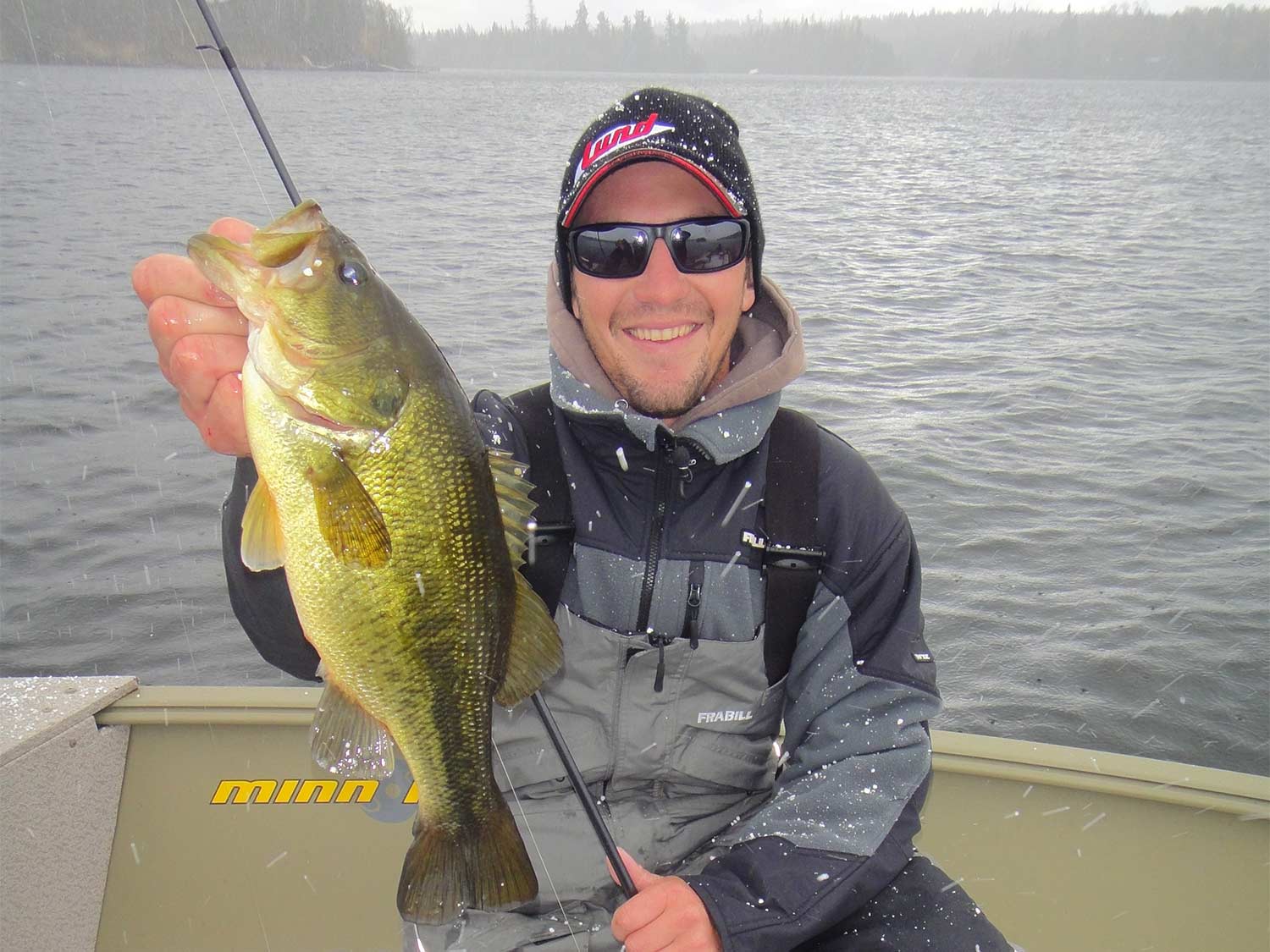
5. Get schooled
Bass tend to school up in cold water, making them easier to locate with your electronics. Pay attention to your sonar and side-Imaging to reveal groups of fish. Watch for them to be tucked up close to rocks and wood.
6. Go big…
Even though bass get lethargic when the temperatures plunge, they will still eat big baits. Don’t be afraid to try oversized swimbaits and umbrella rigs for fish that are focused on eating baitfish.
Read Next: 19 Things You Didn’t Know About Bass
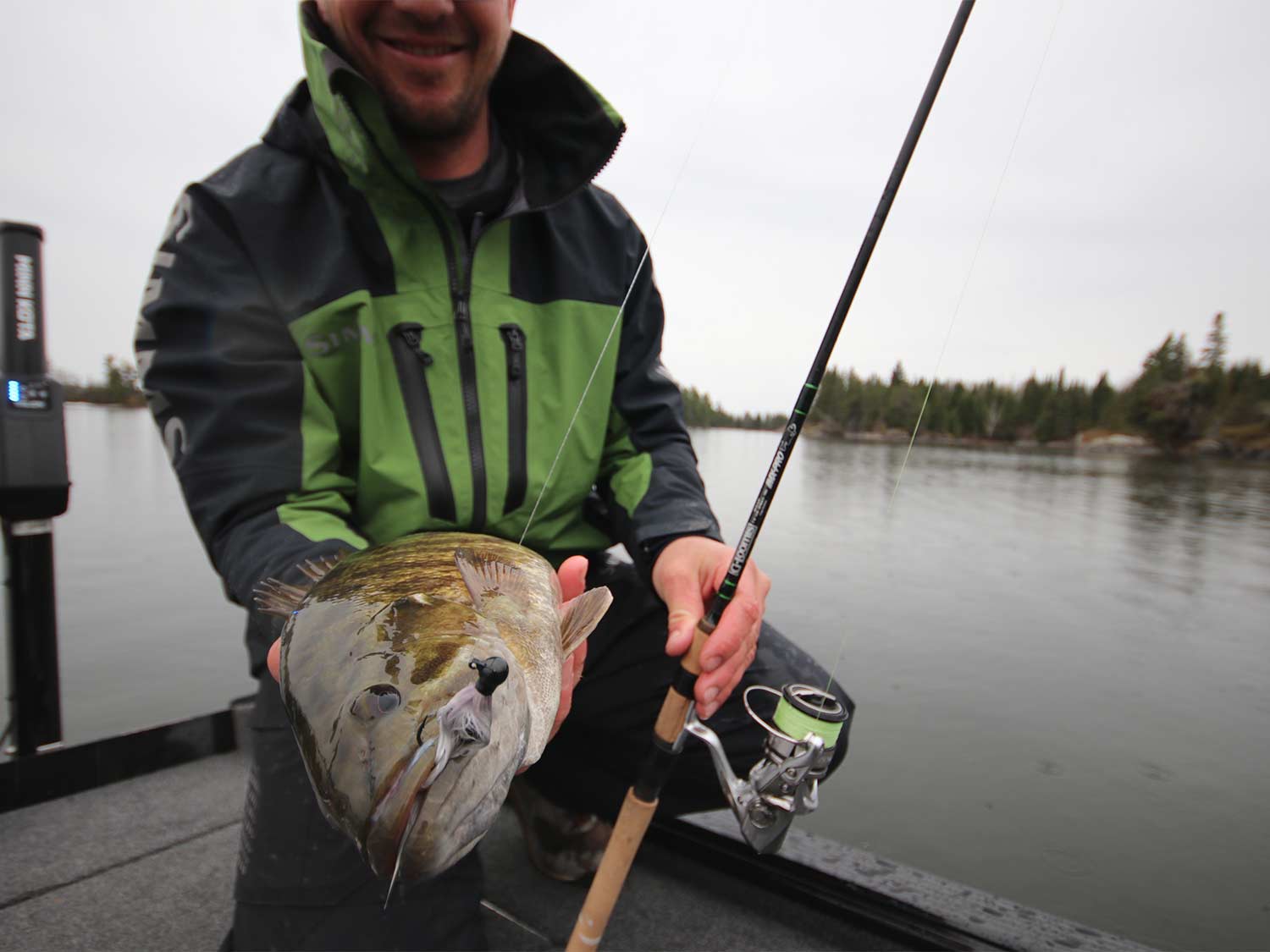
7. …Then downsize
Don’t overlook the “float and fly” for cold water smallmouths. They are suckers for small hair jigs all the time, but even more so in cold water. On southern reservoirs, fish these small jigs under the float. Up north, fish them slowly near the bottom.
